This is something I’d really want to try. For the following reasons:
- Affordability.
2. and baby health reasons.
http://www.bbc.com/news/magazine-35834370
Just have to figure out how to get one here in Manila.
Random clippings. A grab bag of stuff I love on the web. All links to images are embedded in the images themselves.
This is something I’d really want to try. For the following reasons:
2. and baby health reasons.
http://www.bbc.com/news/magazine-35834370
Just have to figure out how to get one here in Manila.
There were two things that got my attention:
The second-highest search term was driven by Central Luzon, for two whole weeks in November 2015.
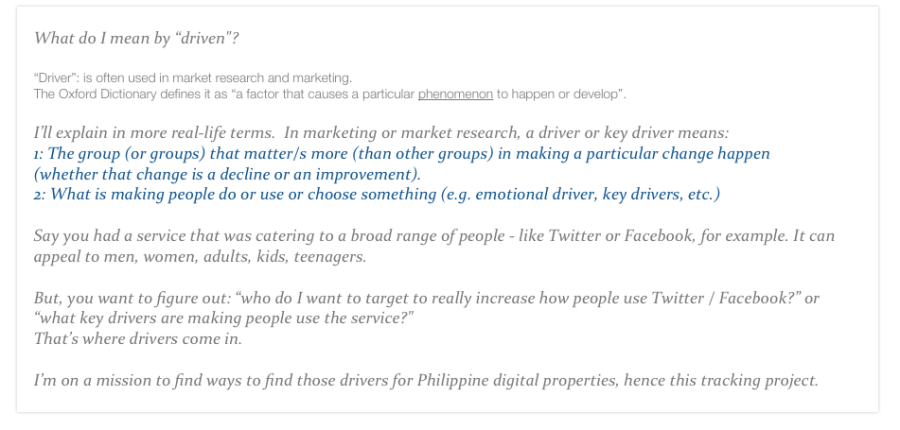
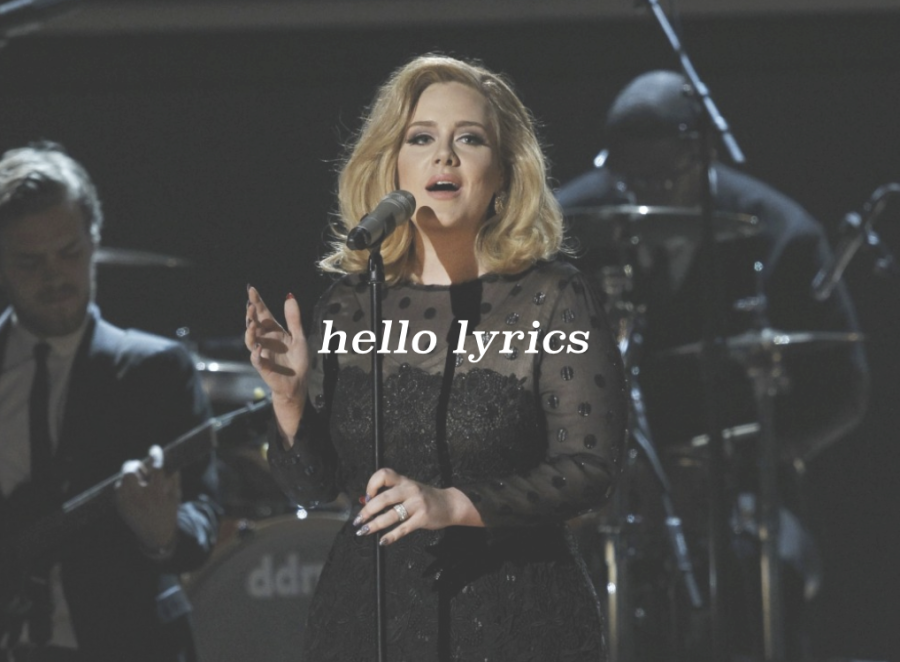
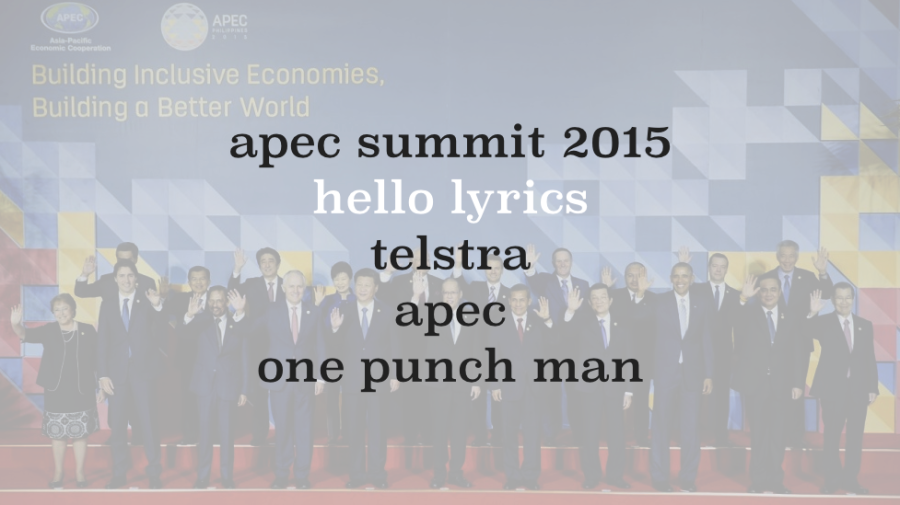
And these were the search keywords we Metro Manilans were occupied with:

It was Central Luzon (and to some extent, the Davao region) that pushed the “hello” searches to the top 2 spot for the month.
On to the second new and special thing.
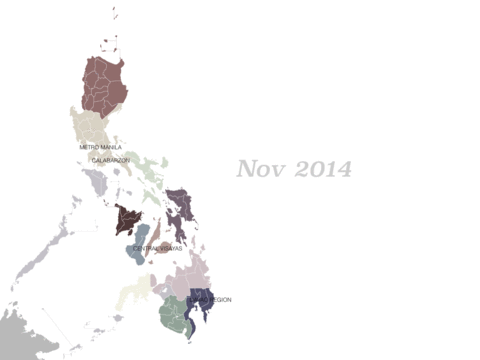
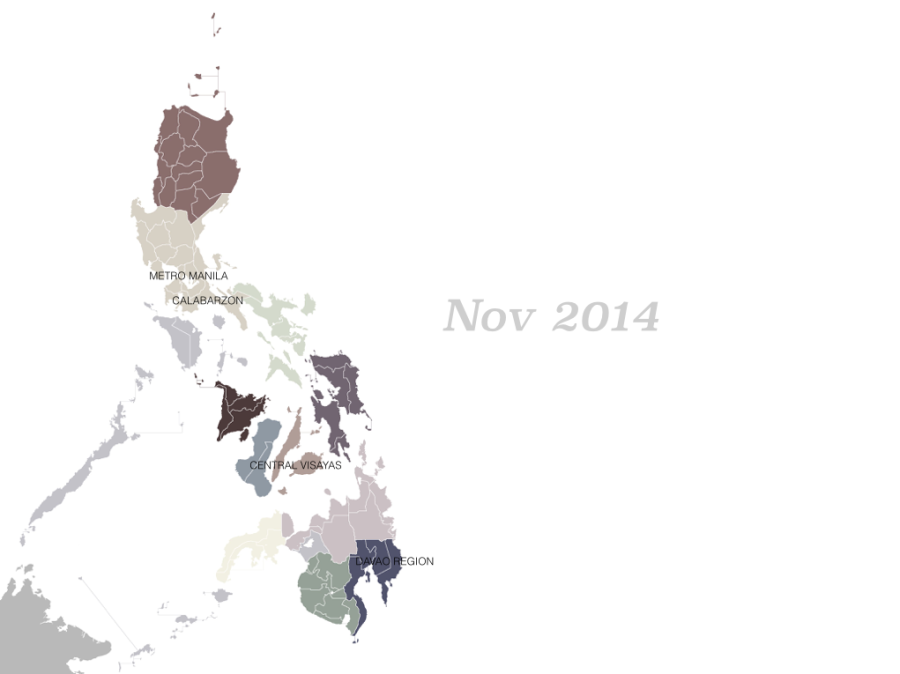
Until now.
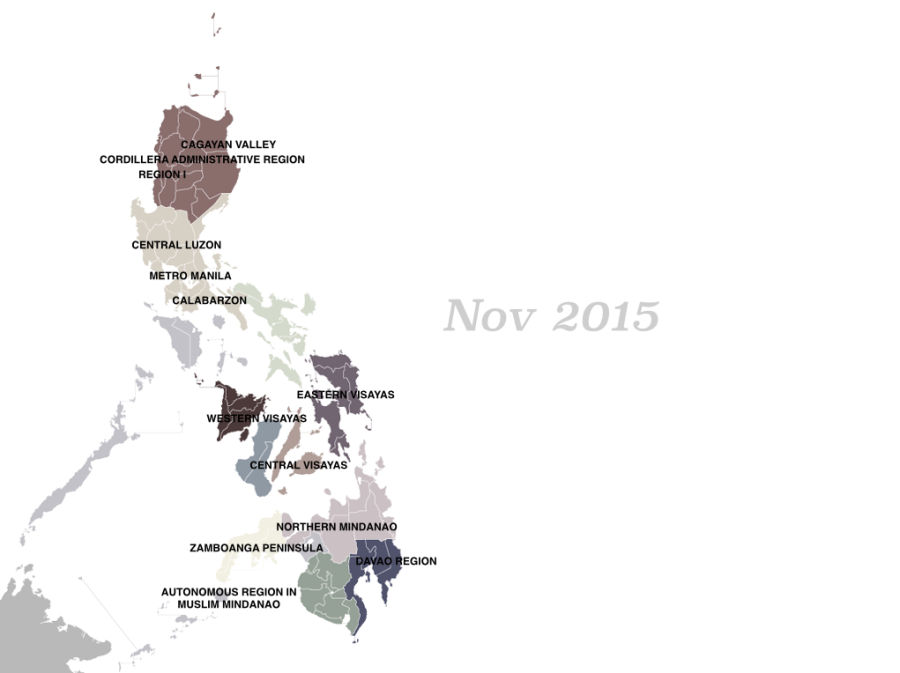
When I started collecting search data, Google could only measure the rising search keywords in Metro Manila (e.g. Quezon City, Manila, Caloocan), CALABARZON (e.g. Antipolo, Dasmarinas, Bacoor), Central Visayas (e.g. Cebu City, Mandaue City and Lapu-Lapu City) and the Davao Region (e.g. Davao City, General Santos City and the City of Tagum).
Now, it can measure rising searches in 13 Philippine regions.
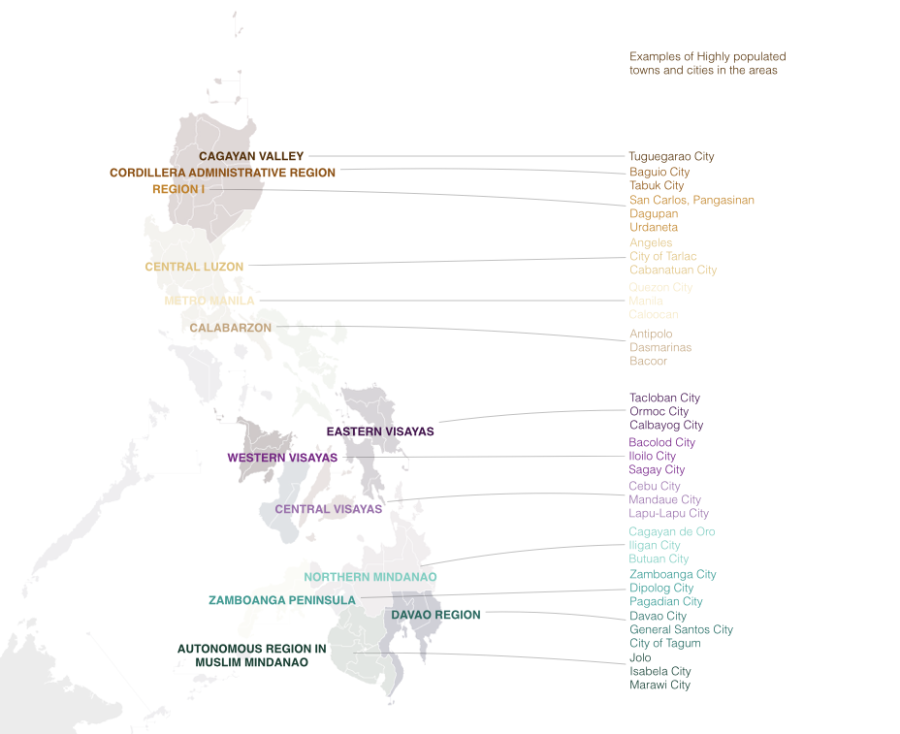
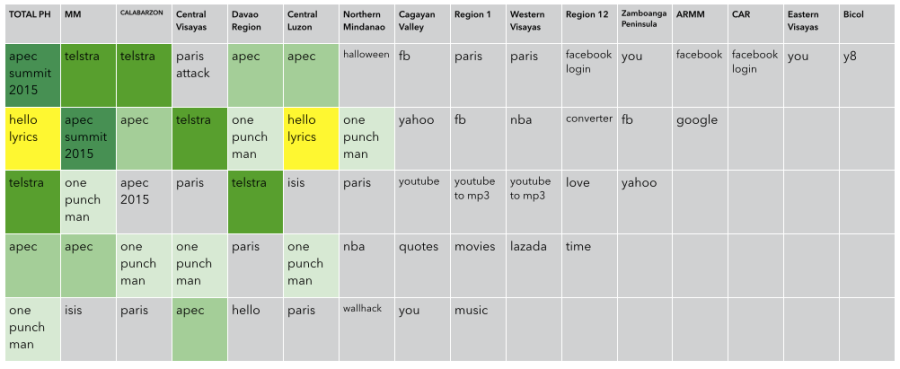
Check back week-to-week, I’ll do my best to share regular updates. And if you want to help create something out of data like this, get in touch.
From time to time, I like looking for best practices for writing project proposals. Especially when you’re finally breaking out of a corporate mold, you need to finally establish your offerings and services without the trappings of a large corporation — which is typically easier because there are existing templates, formats and corporate accomplishments that automatically add credibility through the sheer name of the company.
Online, you can find a gajillion cooking, crafting and music-playing how-to’s. But what about document-writing? Well, that’s what I needed to find.
So, what websites gave interesting advice about proposal writing?
1. A List Apart
Like always, A List Apart introduces ideas with style:
Thrilling as it may be, your excitement quickly turns to anxiety as you realize that the next thing they want to know is “how much will it cost?”…
But accurately mapping out the scope of a project could take weeks of focused effort. That’s probably not something you can give away whenever you get a request for a quote. So what do you do?…
So instead of putting together their requested $100,000 proposal, what do I do? I put together a $20,000 one.
Well, it’s the first part of the bigger project, naturally. Depending on the nature of the project, it may require different tasks and deliverables. But we’ll likely include things like meetings, interviews, information architecture recommendations, branding analysis, a copywriting style guide, a content audit, wireframes, and style prototypes/style tiles. Whatever we end up doing, we’ll compile all of the research and conclusions we draw in the specification document, which is the central deliverable we provide at the end of the phase…
IT’S GOOD FOR CLIENTS
You know what’s scary? Handing a big wad of money to a stranger. That’s what a big initial contract is like for a potential client. A smaller introductory research project lets a new client wade in ankle-deep before the big plunge…
The pre-project project lets you assess the relationship in a low-risk environment…
…As this phase is nearing completion, you’ll be able to create a much more accurate budget for phase two. Because your research has generated a well-informed project definition, there will be much less guesswork, and a far greater understanding of the project’s requirements.
it’s also the business card you hate handing out: a folder of legal gibberish with terrible formatting that reminds the client of everything that could possibly go wrong before the work has even started.
…defining what must be done, the deadline, the client’s approval, and the price.
AIGA’s standard agreement for design services uses a nifty solution to make sure all modifications are in writing and that there’s a limit to the number of modifications that can be requested…
For example, imagine you are an illustrator who creates a set of characters for a story. Your client picks the ones they like, and those are the deliverables they buy. Why shouldn’t you keep the rest, and “recycle” them for future projects? If you don’t specify this in the contract, the client will be assigned all the work in connection with the project, including unused sketches.
Same thing if you are delivering code. It’s common to incorporate snippets of code into multiple projects, but just because that code ends up in that project doesn’t mean that client owns it. These are usually called “design tools” in a contract—which means instead of giving something away, you’re simply giving your client permission to continue using the tools…
Standards don’t just come from lawyers or unions. Andy Clarke’s Contract Killer is extremely popular among freelance designers—in fact, a version of his contract is one of the most viewed and downloaded items at my company, Docracy, which provides an open collection of legal documents. This is likely due to Clarke’s strict no-legalese policy. He even dropped the classic impersonal language, transforming it into a natural dialogue with the client: “What both parties agree to do.”
You need to make sure you don’t sign anything you’ll regret, and spotting bad provisions is not a lawyers-only job. Scanning contracts is a necessity sometimes, so always look closely at the following parts:
- Parties, particularly when companies are involved: Make sure the people you’re dealing with have the power to bind their companies.
- IP provisions: Who owns copyright and when, and what the licensing limitations are.
- Your representation and warranties—the fewer, the better: underpromise and overdeliver!
- Termination: What happens if someone wants to get out of the deal early?
- Dispute resolution: The clause no lawyer ever wants to give up. Watch this one, because you don’t want to let a client drag you to a court a thousand miles away. If you can agree to arbitration or mediation, even better.
The more contracts you read, the better you’ll get at spotting weird provisions. Trust your judgement: If something doesn’t seem quite right, it probably isn’t.
2. Docracy and the American Institute of Graphic Arts
Which houses AIGA’s standard agreement for design services. I want to thank the group that made this site and made this contract. This is the stuff you actually want to pay for.
Whether you want to give full license or a limited license to your work, there is an easily understandable contract on file.
3. Stuff And Nonsense, by Andrew Clarke
Clarke’s contract, dubbed The Contract Killer, has been used for years, and is a non-legalese document that he created for himself and his design team, which he has seen to cover every element that his clients seem to be concerned about.
Like I said about AIGA and Docracy, this guy is a hero.
Your killer contract should cover:
- A simple overview of who is hiring who, what they’re being hired to do, when and for how much
- What both parties agree to do and what their respective responsibilities are
- The specifics of the deal and what is or isn’t included in the scope
- What happens when people change their minds (as they almost always do)
- A simple overview of liabilities and other legal matters
- You might even include a few jokes
To help you along, I’ll illustrate those bullet points by pointing both barrels at the contract that I wrote and have been using here at Stiffs & Nonsense for the past five years. My contract has been worth its weight in lead and you’re welcome to take all or any part of it to use for yourself. It’s packing a creative-commons attribution share-a-like license. That means you’re free to re-distribute it, translate it and otherwise re-use it in ways I never considered. In return I only ask you mention my name and link back to this article.
4. This website called Mindshare Consulting.
A good reminder. And I’m a person who asks questions for a living. So I reeeeeeally appreciate this.
That question is how does the client know what the problem actually is?…
Second, if you and the client base the definition of the problem on shaky assumptions, everything you do going forward will be unreliable. Without a solid foundation, you can’t be sure if the proposed solution will be successful or miss the mark.
Finally, if your solution doesn’t resolve the problem, don’t look for clients to chalk it up to poor diagnosis on their part; they will hold you accountable.
I needed to calm the cynic in me, after reading that title. But, the post did share good advice.
It’s less costly to write a letter confirming your services than to prepare a formal document proposing your services. Consultants rarely ask clients to award them the business without a formal proposal, so distinguish yourself and ask whether you can start the work using a letter of confirmation. What do you have to lose?
A confirmation letter differs from a proposal in that it describes what you will do, rather than what you are proposing to do. The confirmation letter describes the project objective, scope, schedule, fees, and results, just like a proposal…
Many proposals begin with a long discussion of the consulting firm, its qualifications, and history. Focus your proposal on the client’s needs first, and then describe your firm’s capabilities. Remember, clients only care about how you’ll address their issues, so show them how you’ll do that…
Give clients a sense of the culture of your firm and your style of working. The traditional, stilted language of many consulting proposals doesn’t help clients answer the all-important question: what will it be like to work with these consultants?
5. This is more of a question. Why do many posts about writing consultancy proposals ask writers to keep the opening tone “warm”?
Understanding how to engage consumers nationwide, like 30 Rock’s Jack Donaghy
This post has been edited, as of July 2015.*
I am lucky.
While it’s becoming cool to predict that this is finally “The Year of the Customer”, I got to work for one of the most consumer-oriented businesses in my country. In an industry that caters to its target market…to a fault, sometimes — media.
I mean that in situations where they need to choose — media companies, like NBC, will tend to prioritize the target market rather than push for a groundbreaking offering which might not result in sales.
And the best thing that illustrates how this works — is NBC’s 30 Rock.
30 Rock is an NBC sitcom depicting Liz Lemon’s life and work as a variety show producer, working for Jack Donaghy — a top boss of on-screen media network “NBC”. In it, you have a behind-the-scenes peek into what life is like for a big TV brand.
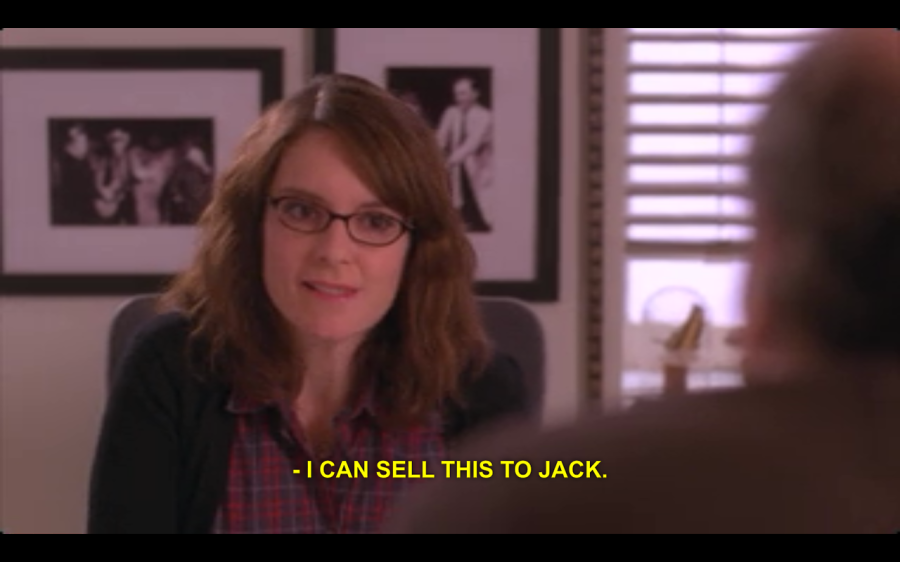
Content Strategy ‘00s, or using research to impact the creation of content
Have you seen 30 Rock’s Jack Donaghy ask the The Girly Show production team to make changes based on focus groups? For me, that was “content strategy” before I learned about the phrase “content strategy”.
I found those jokes so real because I was a research analyst in an emerging market media conglomerate — there was no “content strategy” job in 2007. But my job was to analyze, plan and help iterate content (from tone, to topics and platform or distribution strategy) to achieve business objectives.
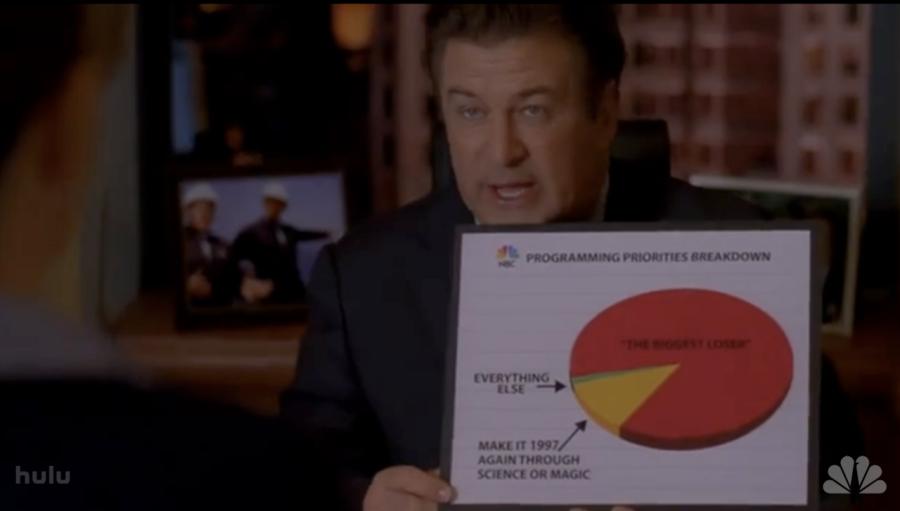
NBC’s 30 Rock screen capture image from http://tvtropes.org/pmwiki/pmwiki.php/Main/GloryDays
Following the same vein of Kristina Halvorson and Mashable’s advice that “consumers are the real experts; so don’t listen to other marketers”, TV networks, like NBC, have been applying consumer-driven creative for years. Probably because they’ve always been content businesses. This just means they make the most money when it churns out the most engaging content.
They can’t afford to not be engaging.
Research for effective content would mean: qualitative projects and audience measurement for optimizing personalities’ careers, improving “content” (Particularly — the plot, character, relevance or emotional delivery), determining whether the ROI of launching particular pieces of content would be worth the expense of making it, and my favorite among these favorites: facilitating business models (Is there a way to continue making money when the Internet gives everything away?).
Content research answers these questions, not through marketing best practice — we didn’t read “How to create great content” or take courses on Content Strategy. Decisions were based on actual, constantly updated consumer data and business assessment.
What it looks like when a company invests in Consumer Experience
I now realize that reeeeally stable TV networks, like the “NBC” on 30 Rock, are human-centered* companies.
* For those who are fans of Huge, the digital agency — you can look at the parameters of User-Centered Management, established by Aaron Shapiro, CEO of Huge, in his book “Users, Not Customers”.
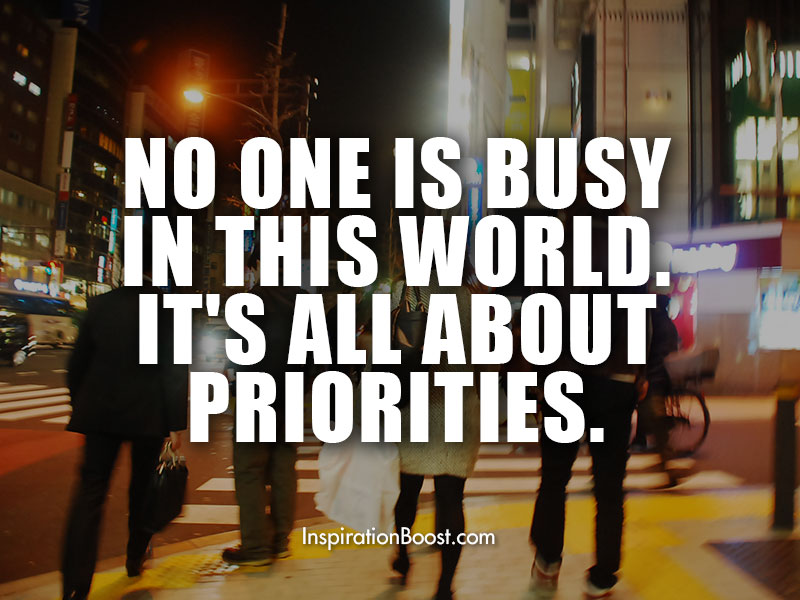
And, I can say this frankly. Because, there is one sure sign of a company’s priorities: what it devotes resources to.
You can’t say you prioritize something if you aren’t devoting resources to it.
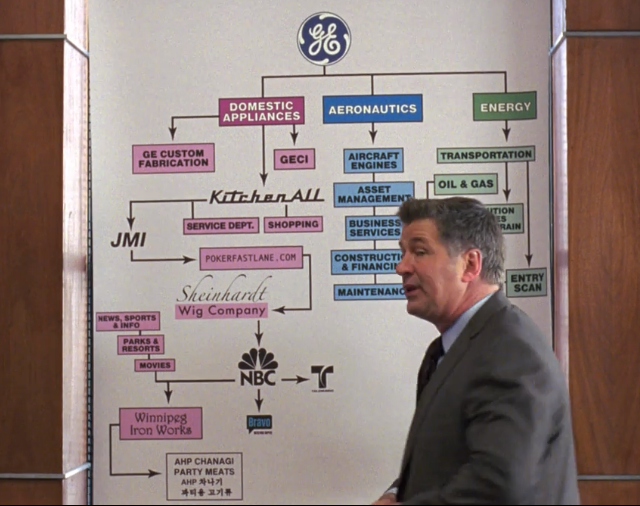
Jack Donaghy’s “General Electric-NBC” made decisions based on what consumers are looking for. Based on ratings and qualitative research. Very similar to real-life NBC Universal (which has its own research division, with periodic publicly shared learnings that help them make decisions).
If a company says it’s “user-centered” or “customer-centered” or has “user-centered design”, but doesn’t allot budget and embed actual consumer conversation in its workflow, you better wonder what they mean.
Embedding consumer insight in the decision-making
I have worked for and with brands that house and manage internal research agencies. The most sophisticated one being equipped with its own statistics specialists, is headed by a statistician, and over half of that office is qualitative research analysts, like me.
Did you think networks like NBC Universal create content and personalities that are left to the expertise and opinion of creative genius alone?
Well, no. It’s strategic; and based on constantly updated consumer insight, that supports the directors, writers, talent managers and business unit heads, which NBC Universal is transparent about.
Next time you complain about annoying things on a TV show. Know that that is probably 70–80% on purpose.

Research Effectiveness: Or how to judge whether the research works
I was lucky to work with someone who is, to my knowledge, and I apologize to all the other researchers I worked with — the most brilliant researcher I know. Also, probably the scariest, because of that intelligence.
I learned the true potential of research from her. And what became my standard for excellent data analysis: The ability to predict success.
Or failure, for that matter.
It isn’t enough to be accurate, there’s a need to be accurate about particular things
We were trained to specialize in our own “sub-concentration”.
Like how Liz Lemon leads a particular genre of shows, one of my mine was predicting the performance of new programs. Also, being the go-to researcher of the brand impact of a personality’s behavior. Also, improving variety show stars and segments. Another fun specialization was Japanese anime.
The one that pretty much changed the course of my job (i.e. I eventually shifted to product development) was finding what makes content platforms tick — TV vs. Radio vs. Movies. That was fun.
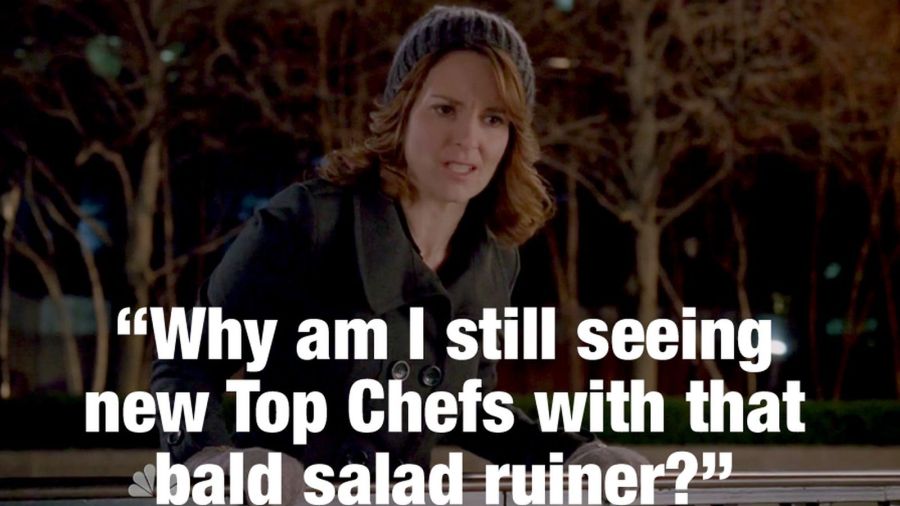
Not a lot of people like talking to people to analyze them day-in and day-out and measure the effects. Hence a high drop-off rate at the 6-month mark in research agencies.
Don’t be the red balloon
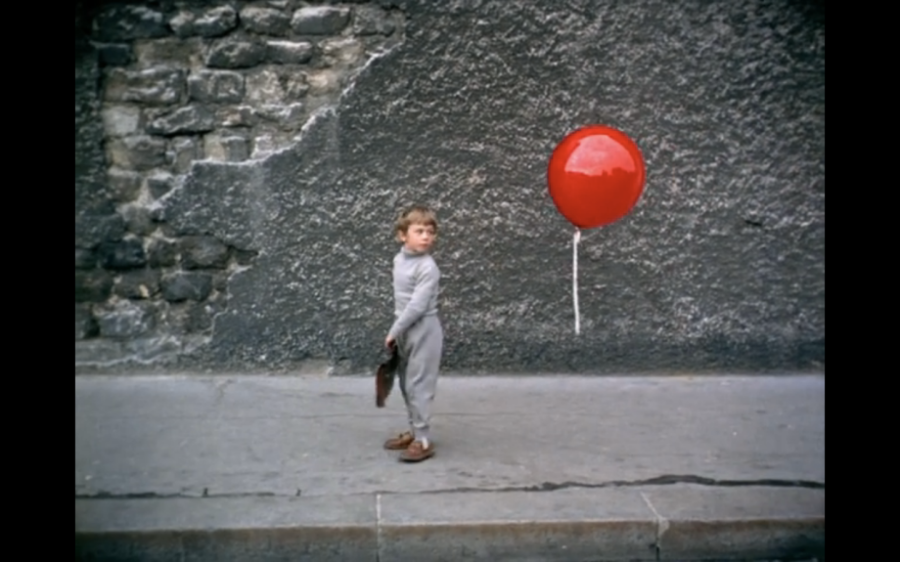
Research people get told and trained to “not want to be red balloons”. Meaning, research professionals should facilitate and be excellent behind-the-scenes workers, and should not intend to steal the thunder of creators and decision-makers. Which is something you don’t mind as a researcher, anyway.
I feel the need to say this and talk about this type of research work though, because there aren’t a lot of people who dedicated years and much effort to data-driven content on a massive national scale, with very real financial and revenue consequences. Analysts are usually expected to deal with finances, and FMCG sales, but not content. Which 30 Rock repeatedly shows the value of, even as jokes.
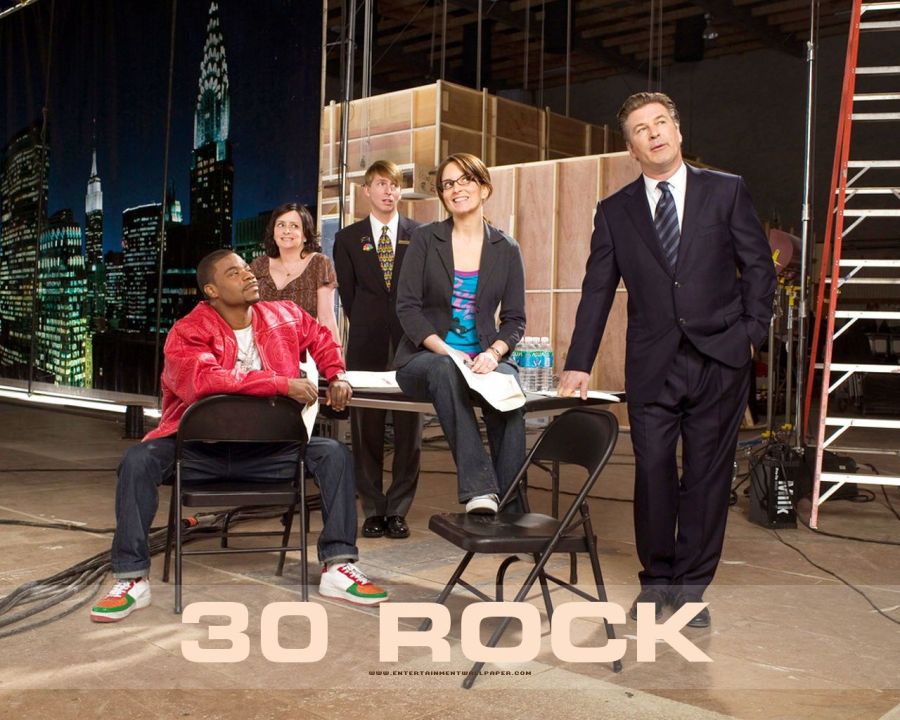
I think the most valuable part of that sentence is “consequences”. Whatever research sub-specialty you make work in. Can you imagine the pressure NBC Universal’s researchers are under every time The Voice doesn’t beat American Idol’s ratings?
When the research you do spells the difference between continuing or ending someone’s highly visible, revenue-generating career, you better make sure you do it well.
Think of what you’re willing to give, for legitimate content strategy
That last TV show that trended on Twitter, that hot young personality brands can’t get enough of, that newscaster. Those are the results of regular data analysis given to talent managers and creative professionals, who are also trained in interpreting it.
Media businesses all over the world are too…challenged (by piracy, advertising model changes, competition) to be left to chance and creative vision alone. That’s why it’s backed by data.
And, now that brands are realizing that they need to become publishers as well, or that marketing is now talking about “content” — operations like these become necessary.
The subliminal lesson: content that makes women laugh year-to-year – like 30 Rock – doesn’t happen overnight, and doesn’t happen without research analysis.

*This post was edited to protect the identities of my friends and colleagues, and represent a more general point-of-view rather than personal experience.
Have you seen “mobile-geddon” cropping up on your feed, too? Did you understand what the trend was about?
I didn’t at first, to be honest. So, I compiled a simple timeline of articles and posts surrounding mobile-geddon, to give us all a picture of who started it, and what different blogs and news brands have said about it, prior to “D-Day”.
(Ironically, with Desktop Web screenshots)
What fascinates me about this trend, is that it showcases:
People didn’t need to use “mobile-geddon”. They could have just said “Google’s algorithm change”.
But mobile-geddon is exaggerated and makes-you-click, so why not.
I never felt the influence of a digital platform on the business community, until now.
This news item puts search engine marketers in the spotlight, and builds business for the entire ecosystem of digital services (search engine ads, media buyers, ad agencies, developers and designers).
Can you imagine how many brand owners contacted a digital specialist or consultant this week?
Design and design testing is typically hard to justify.
Guess not anymore. This mobilegeddon may not be the truest way to argue for the value of design, but this shows “It’ll increase your Google search rank” is a Client hot button.
For my take on what a business needs to do during this time, please click on over to: Google tweaks algorithm, world (as we know it) ends: The one thing brand owners need to know.
Note: Thanks for reading! Message or comment if you’d like a clickable copy of the timeline.
Srini Pillay (Clinical Professor at Harvard Medical School, teacher, and author), writes about a study in Harvard Business Review, where an MRI scan is used to test for correlations between neural activity and sharing content.
A recent study demonstrated that we can successfully predict which messages will go viral and which will not. This study showed that the ideas that are destined to spread have a characteristic signature at their origin — that is, quite literally, within the brain of the sender. These messages specifically activate key regions in two circuits in the sender’s brain: the “reward” circuit, which registers the value of the message to the sender, and the “mentalizing” circuit, which activates when we see things from the point of view of the person who receives the message…
…The more you value an idea that you want to spread, the more likely you are to be successful at spreading it. In addition, the more accurately you can predict how others will feel about the message, the more likely you are to be successful at spreading this idea. These findings are profound because they imply that we can predict which messages will go viral…
…when you also register that your actual value is that you are investing in helping to cure people from their illnesses or shorten their durations of suffering (“y”). You may not be right all the time, but if this is your genuine reward, your brain’s reward circuit will be activated because this will always be true
How will they feel about the fact that you have a history of success in biotechnology investing? How will they feel about their own investment in the well-being of the world? Do they care about communicating this to their families? Would they be excited about the rapid advancements in this field and seeing the newness of the opportunity? Here again, these different aspects of how your audience thinks will help to accentuate the activation in your mentalizing circuit — where you form a mental picture of the audience’s needs and wants.
it would make a difference if he or she actually wanted to spread the message rather than just passively feeling that the message is valuable. This implies that it matters when you think of how a message can be useful to others rather than simply thinking about yourself.
All three factors (value, mentalizing, and intention to spread) point to the fact that the social currency of a message matters at the very source of the message.
On one hand, my initial reaction is that this is too idealistic.
However, the researcher in me can’t argue with experimental data. Which is why the article leads me to self-reflect. Oftentimes, I do blog with the objective of just shouting into the void. Of curation. Very self-focused objectives. When, if people (including me) and brands would start growing a sincere interest in being useful…maybe, that is all that really matters.
Good piece on how meaningful and symbolic Tahmina Kohistani’s Olympic stint was for Afghanistan, and Muslim women:
“So she ran. And ran. Because no one could make her believe churning her legs as fast as she could possibly make them go was against Allah and the Muslim faith, which she remains so devoted to she refused to compete without the hijab, especially during the holy season of Ramadan.
This is the first in my Career BAMFs series, (“idols” was a word with too much cultural baggage). Here, I’ll talk about the individuals and groups that inspire me to pursue the stuff I want. Note: This isn’t in chronological order (the first people I looked up to, for work, were David and Tom Kelley, danah boyd and Mimi Ito).
—
Tagline: Make something you love.
From their About page: What We Do — We create experiences that transform brands, grow businesses and make people’s lives better.
How my fangirl-ness formed:
I. I think the first trigger was when I found out that Huge was behind the Think With Google, Newsweek and the NYC.gov designs. They were all clean, beautiful and functional. That time we were auditing and keeping an eye out for different content publisher designs for our office projects.
I also loved their signature — the H that reflects the current project they want to feature.
II. But there was this one Instagram picture (which I can no longer find) that made me literally follow Huge’s “career” developments.
It was a picture of a slide from an Aaron Shapiro (Huge’s CEO) talk – I’ve been trying to Google it, but the slide said something like “What would your business do if digital were your only channel?” (but probably better written).
That question got me. For me, that question was exactly what business leaders to ask themselves, in a time where social media campaigns just keep popping up, which I don’t feel executives see as contrinuting to the bottomline.
And digital platforms have that power — of contributing ROI. Otherwise, it’s just a fun waste of money.
III. I also love how they organize and communicate their processes and culture. Follow them on slideshare, and it’s like a crash course on UX and design process in an organization that makes money.
They have fun, meaty presentations on:
Introductions to a Design Community
The Importance of Usability Testing, especially for digital agencies
“The Pitfalls of Process”
Even portfolio tips for UX designers:
And the story of how they branched out and created their own UX school:
They just really put out great writing, and good design. And their CEO is promoting a great lens for businessmen to look at digital
More, in the next days.
I like this trend in creating and selling art out of place names and maps.
It reminds me of loyalty, and hometown comfort and pride. But in a simple, cute package.
All featured in The Bold Italic shop.



Not about space. But about color 🙂 Which, I love too.

And, another extra: CinqPoints’ designer minimalist architectural toys.
